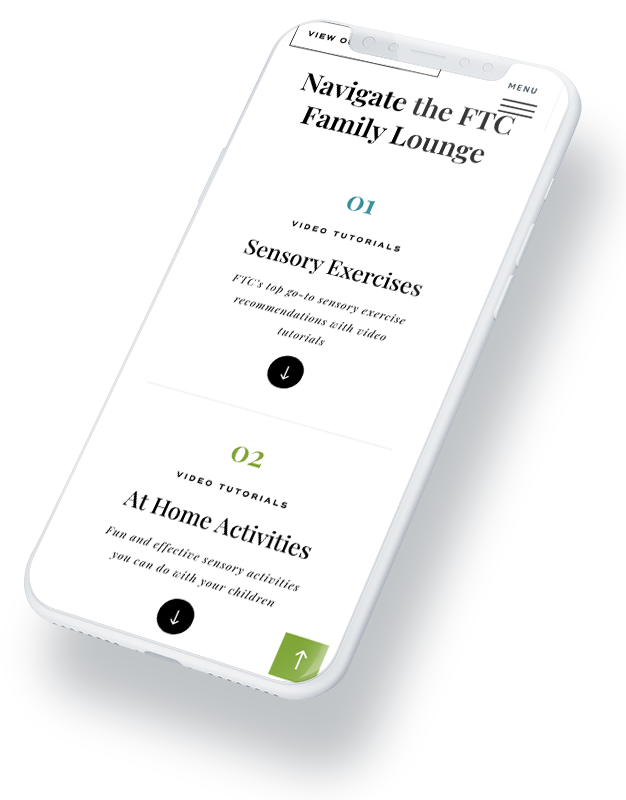Many babies are diagnosed with Torticollis, or twisted neck, caused by a shortening or tightening of the Sternocleidomastoid muscle.
This muscle is located on the side of the neck and is responsible in assisting bending of the head and neck forward and sideways. When it tightens, it will pull the head towards one shoulder and limit neck mobility. It seems it has become more common since the “Back to Sleep” program to prevent SIDS was instituted.

Torticollis, even the slightest case, is a problem of the whole body in developing infants.
The position of the head in all stages of development effects vestibular function, eye movements, righting reactions, normal functioning of the jaw, tongue, trunk, pelvis, and normal development. A child with Torticollis may be at a greater risk for scoliosis and abnormal development. Torticollis is often accompanied by a flat or asymmetrical head, a condition called Plagiocephaly.
PARENTS: Take Notice. When in the car seat, crib, or during diaper changes does your baby’s head ALWAYS tilt to one side or turn in one direction. If you turn your baby’s head the other way, does he or she become fussy or turn it back. Nursing may be more difficult on one side. You may also notice your baby only looks at or uses one hand.
Recognizing this condition at an early age, even at a few weeks old, is of the utmost importance.
Parents can reposition the baby’s head and encourage them to turn to the less favored side with toys and play. They can give the baby supervised “tummy time”, limit the time the baby spends on his or her back awake and in devices such as car seats, swings, and baby seats. It is important not to push on your baby’s head as you may injure the child. Tummy time for a few minutes a day is not sufficient. Placing infants on their tummy, when awake, helps to strengthen their muscles and develop symmetry, mobility, and normal development. Tummy time can include putting the baby on your chest while you relax and laying the baby on your lap. We have included a link to offer some ideas for tummy time at home.
It is urgent to discuss any asymmetry with the baby’s pediatrician as soon as it is noticed.
Early intervention and Physical Therapy can prevent the serious consequences of Torticollis and Plagiocephaly. Torticollis and the resulting Plagiocephaly do not correct themselves.
The earlier a baby begins Physical Therapy and the greater the involvement of the family in treatment, the easier it is to remedy the Torticollis and prevent some of its severe consequences. Torticollis detected and treated early can be successfully resolved most of the time.
Parents need to find a physical therapist with expertise in treating Torticollis. Please do not delay. We have included the video above to help you recognize Torticollis even if a mild case.
The time to address the problem with Physical Therapy is immediately when an asymmetry is noticed.



















Comments
0 Comments